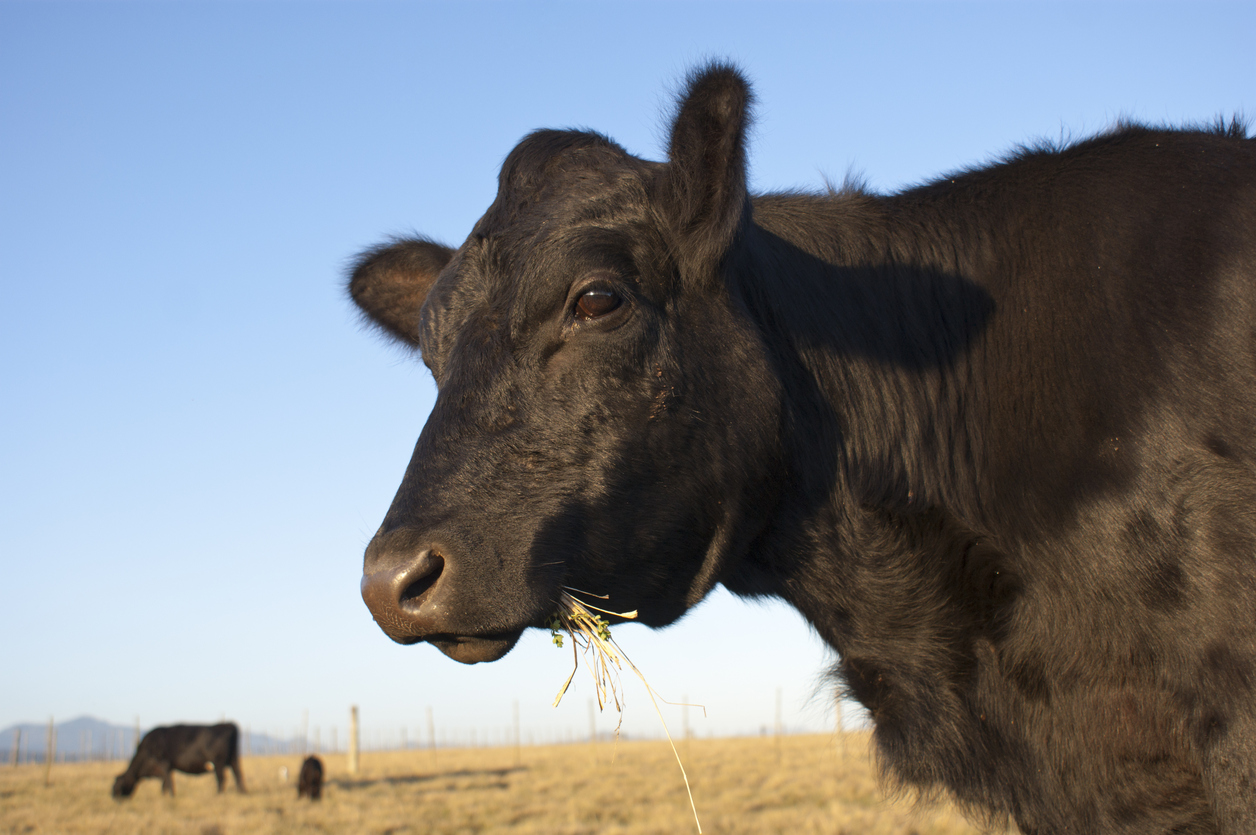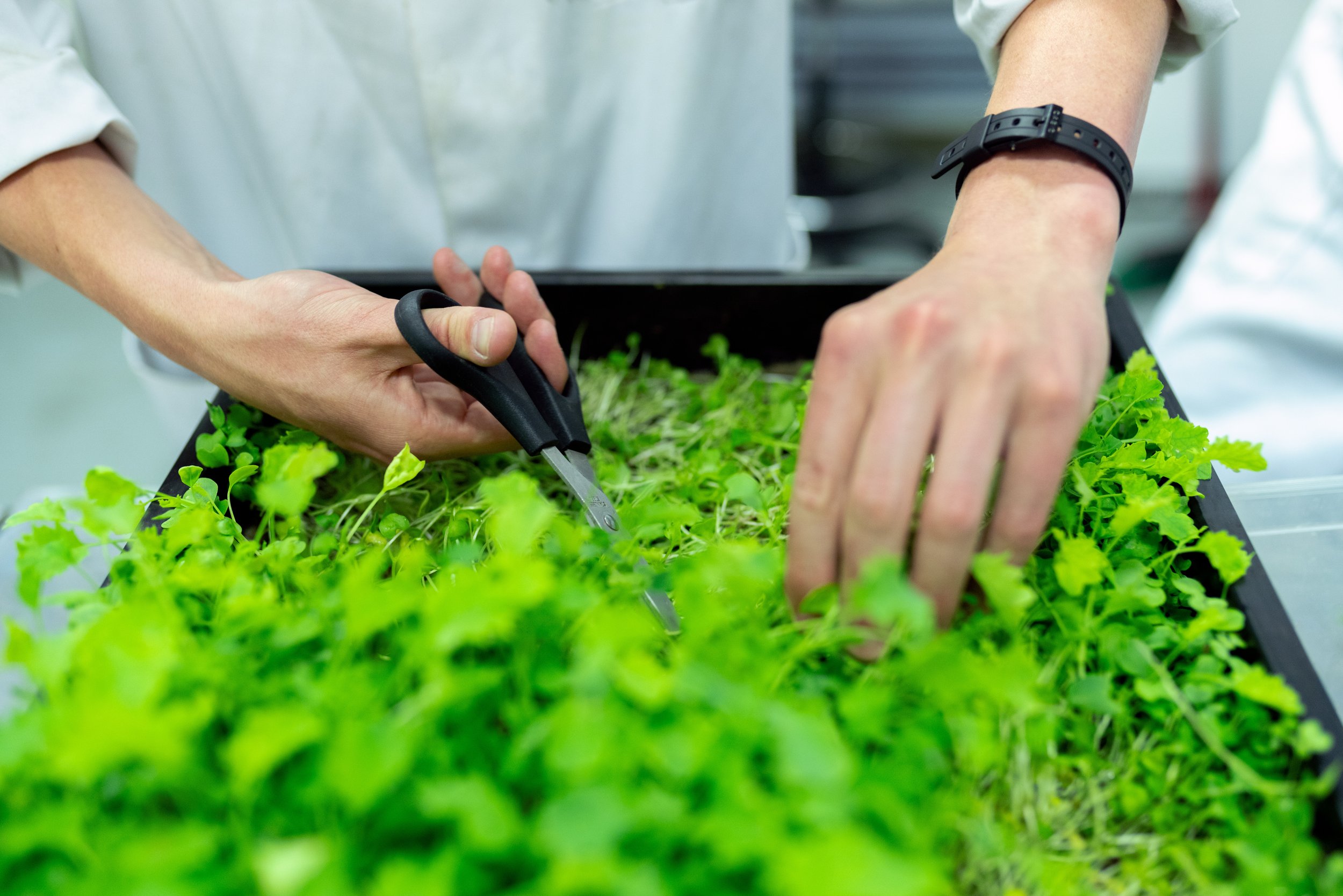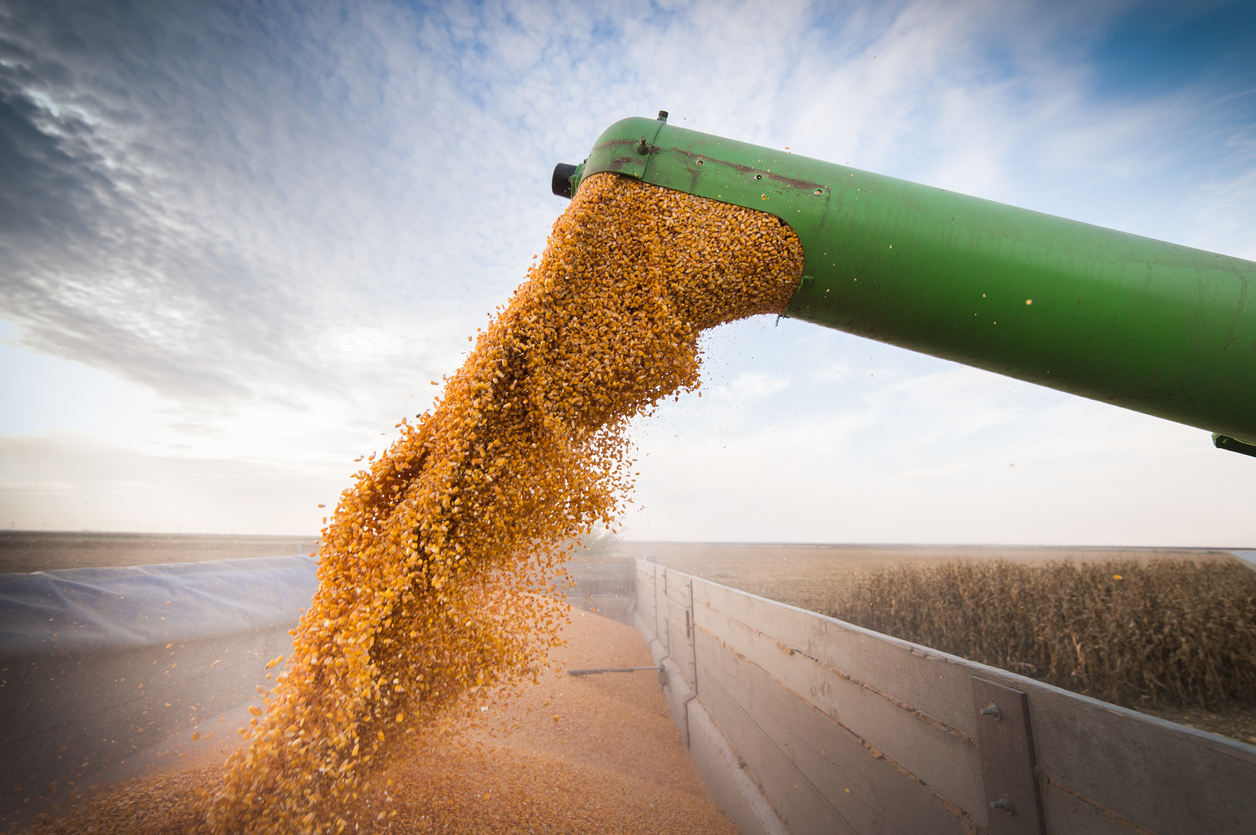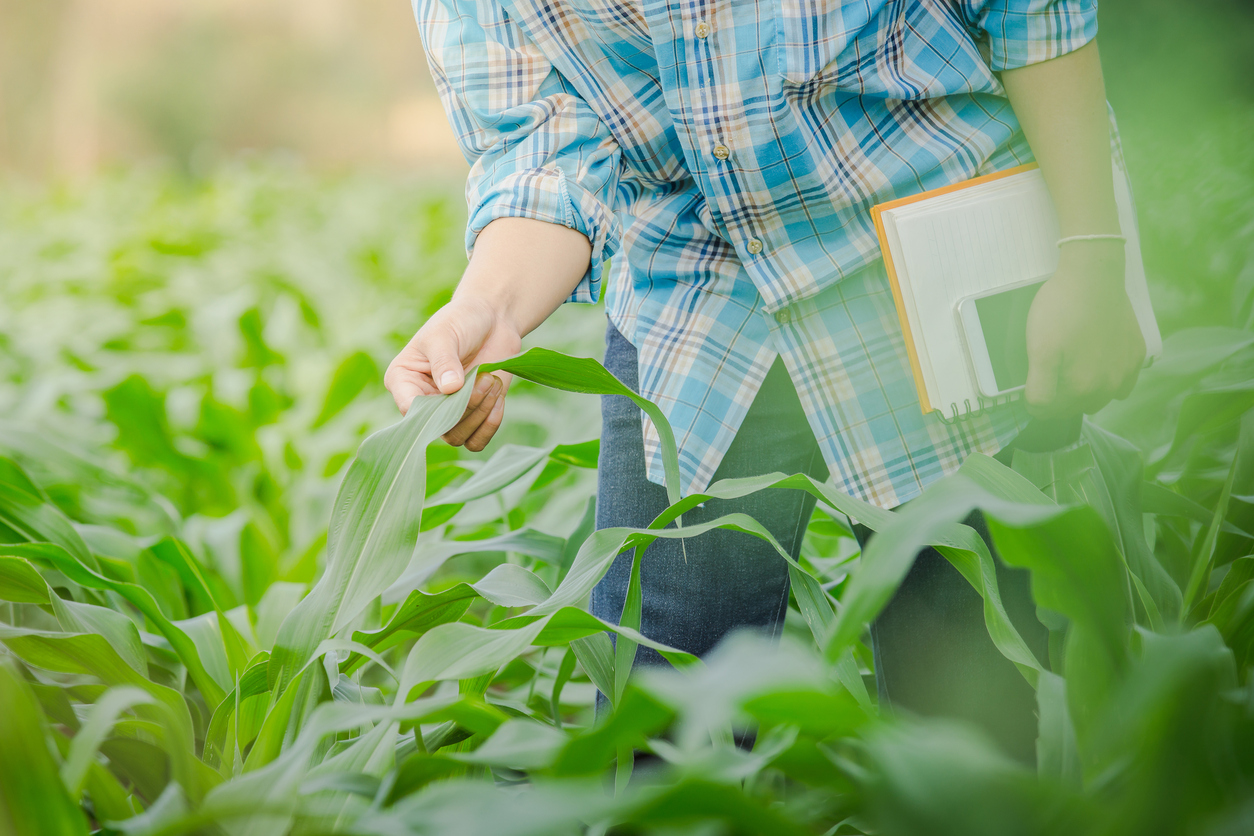The female farmer may be regarded as a rarity, but we know women play a larger role in agriculture production than many think. Worldwide, more than 564 million women participate in agriculture, and nearly half of the agricultural labor force in developing countries is female. In the same stride, 30% of U.S. farmers are women, yet the face of farming is typically that of a man. Women make a strong contribution to food security and nutrition, at both the household and community levels.
Unfortunately, in some parts of the world, female farmer production is limited by barriers to finance, inputs, and extension services, as well as land ownership and rights. A common problem for most farmers in developing countries is limited access to capital, like bank loans. A recent solution developed to fill that gap is equity crowdfunding.
Read moreGenerally, crowdfunding capital raise is structured as either equity or debt. Equity is issued as stock, representing a form of ownership in a company with no defined maturity date. On the other hand, debt capital is raised in the form of a loan or promissory note to be paid back at some point in the future, usually with a fixed interest rate. Debt offerings on equity crowdfunding platforms tend to be open for a shorter duration. Let's discuss the basics of debt-based crowdfunding and why investors should consider using debt instruments to better position their portfolio against market volatility.
Read moreWhen you roll your cart up to the meat cooler at the grocery store, chances are you've seen a wide variety of beef. Aside from the different cuts, there are many labels about how the beef was produced. Even ground beef has a plethora of options to choose from: grass fed, organic, naturally-raised, and the list goes on. But what do these labels mean? Aren't all cows fed grass in the pasture? Yes, they are, but it's the feeding during the middle and end of their production that makes the difference.
Read moreWhen it comes to indoor fish farming, there are many misconceptions. From sustainability to taste, there's faulty understanding in the facts. We've debunked the top four myths about indoor fish farming.
Read moreHarvest Returns' opportunities are structured in a variety of ways that produce different return profiles. Here are three of the most common metrics used in evaluating an investment as with an explanation of their advantages and disadvantages.
Read moreAccording to Franklin Templeton Investments' survey of investors, 60% of Millennial women would delay retirement if they were unable to retire as planned due to insufficient funds. On average, working Americans expect to retire at age 66, reports U.S. News, but the actual average retirement age has hovered around 60 for the past decade or so. So why are young adults expecting to retire so late, and willing to relay that retirement even more, if there's something Millennials can do about it now? Here are four reasons why it's important for Millennial women to begin investing early.
Read moreCoffee is one of the most traded and well-known agricultural commodities. Even though there are a variety of different coffee plant types, the two most prominent coffee varieties are Robusta and Arabica. About 75% of the world’s coffee production is Arabica and roughly 25% is Robusta.
Read moreFixed-income security has been a good way historically to diversify a portfolio and lower exposure to stock market volatility, but 2018 may prove to be the year to exercise caution and rethink one’s investment strategies.
Read moreIf you are convinced that investment agriculture is a good way to diversify your overall portfolio — and we hope you are — then how do you properly allocate your investments across different types of deals to maximize your returns and safeguard your principal? Agriculture is a hugely diverse investment class, offering many ways to spread your risk among various projects.
Read moreWorld hunger and food security remain pressing issues in today's society. With a diminishing amount of farmable land and an increase in global population, indoor agriculture can help with the challenges that lie ahead. Indoor agriculture will play a key role in meeting the need for more food, and the technologies these facilities adopt will open up a wealth of capabilities, jobs, and alternative investment opportunities that redesign both urban and agricultural landscapes.
Read moreHigh tech indoor aquaculture operations can increasingly meet the world's growing demand for fish-based protein in a profitable and sustainable manner.
Read moreImpact investing has become increasingly popular within the last decade. The growing impact investment market provides capital to address and help find a solution for the world’s most pressing challenges in sectors such as sustainable agriculture, renewable energy, conservation, microfinance, and affordable and accessible basic services including housing, healthcare, and education. These investments tackle global challenges that were previously supported by philanthropic donations, which are still important, but missing a monetary return component. Impact investing offers diverse and viable opportunities for investors to advance social and environmental solutions through investments that also produce financial returns.
Read moreSoil-based agriculture has dominated food production for tens of thousands of years. In recent years, so-called "novel farming systems" have become more prevalent. Many of these farming methods -- often involving Controlled Environment Agriculture (CEA) -- are capital intensive to start-up. Funding for these projects can be hard to come by from traditional agriculture lending sources who do not understand how to underwrite them. But for investors who want to play a role in the future of global food production, CEA projects can offer higher risk-adjusted returns. According to AgFunder's 2017 "AgriFood Tech" report, investments in novel farming systems jumped 223% from the previous year. Some examples of novel farming systems are described below.
Read moreToday's egg farmers have curved production with consumer demands. There are a plethora of production practices, hen breeds, egg quality and egg sizes that go into consideration when eggs are being produced before their trip to the grocery store for consumption. Egg farmers work hard to provide consumers with the highest-quality variety of eggs, no matter what kind of eggs they choose.
Read moreGhana's $45 billion economy is the seventh biggest in sub-Saharan Africa and according to World Bank projections, will expand by 8.3% this year. This rise gives the small West African country the fastest growth rate on the continent. In order to improve the investment climate for international investors, Ghana has implemented several ambitious reforms. To date, these efforts are paying off as Ghana was ranked the best place for doing business in West Africa, ahead of Nigeria and Cote d’Ivoire, according to the 2017 Ease of Doing Business Report.Ghana is one of the most politically stable countries in West Africa and has been a multiparty democracy since 1992. The country ranks 26th globally and 2nd in Africa in the 2016 World Press Freedom Index.
Read moreThe ultra-rich don't invest like other Americans. They don't cost-dollar average into subpar mutual funds they were forced into by their company's 401k plan. They don't get a hot stock tip from their hair dresser. People with a net worth of 8, 9, or more digits utilize family offices to preserve and grow wealth for the next generation. You can invest like them, too.
Read moreAgriculture plays a vital role in India's economy. At 157.35 million hectares, India holds the second largest agricultural land in the world, according to the India Brand Equity Foundation. India also has an advantage by having all 15 major climates in the world, creating diverse environments for a plethora of crops and animal production within the country. India is the largest producer of spices, pulses, milk, tea, cashew, and jute, and the second largest producer of wheat, rice, fruits & vegetables, sugarcane, cotton, and oilseeds.
Read moreInvestors wishing to diversify their portfolios with natural resources this year are faced with a variety of alternatives. We provide some ideas for the top investment crops of 2018.
Read moreFor someone who is just getting started in building their wealth, the sheer variety of investment opportunities can be intimidating. Should you go with what nearly half of Americans do and invest in the stock market? Or invest in real estate and flip houses like you see on TV? Or should you just throw money from your paycheck into a retirement fund? Everyone has to make that judgement for themselves, but it's important to at least know you have options. One investing opportunity many millennials may not know about is the option to grow your wealth over the long term with agriculture.
Read moreWe're often asked, "are these investments risky?" Of course, every investment has some level of risk, but agriculture can be one of the safest asset classes if the risks are managed properly. Investors should understand how risks are reduced in any particular asset and agriculture is no different.
Read more


















